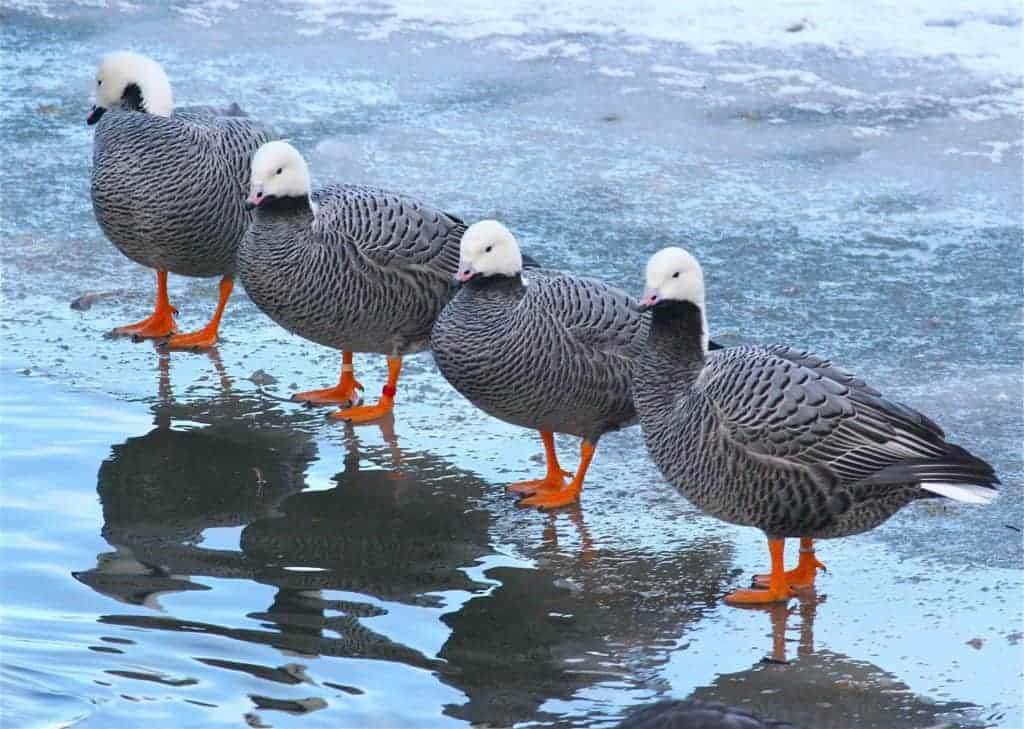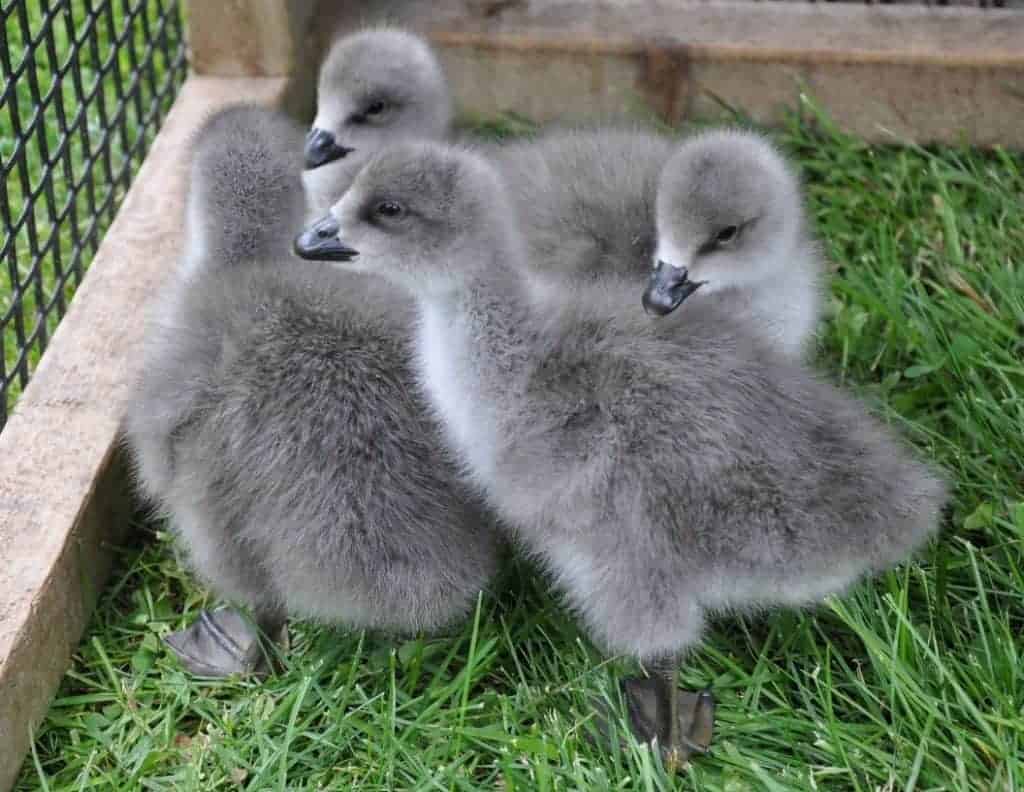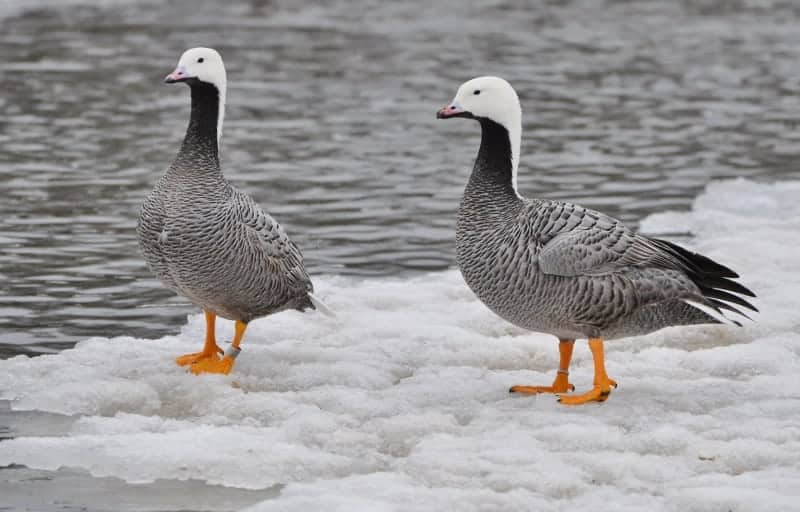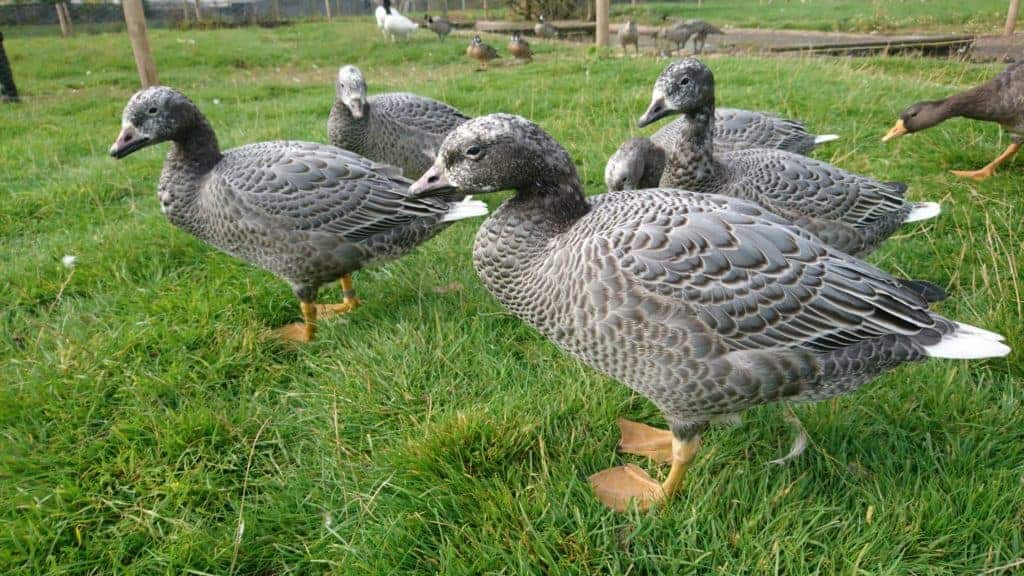Emperor Goose


Anser canagicus
The handsome, stocky Emperor Goose is a resident of Alaska and north-eastern Siberia. It’s a maritime species, breeding on coastal tundra and migrating a relatively short distance, to winter principally in the Aleutian Islands and the Gulf of Alaska. With its white head and neck and barred blue-grey body, there’s no other goose it can be confused with. In the spring, the head and neck of wild birds often show rusty staining from foraging in peaty and iron-rich habitats.

Emperor Geese have long been popular in collections as they are naturally tame and confiding, while their beautiful plumage is the most attractive of their genus. They are amusing birds, the pairs staying close to each other and quietly conversing. To thrive they need clean water and good grazing. As birds of the arctic, they dislike heat, so do best in cool climates.

Given the right conditions, the female will lay her clutch of two to seven creamy white eggs in early summer. Incubation is for 24 or 25 days. Like their congeners, they make good parents.
FURTHER READING
Ottenburghs, J., van Hooft, P., van Wieren, S.E. et al. 2006. Hybridization in geese: a review.